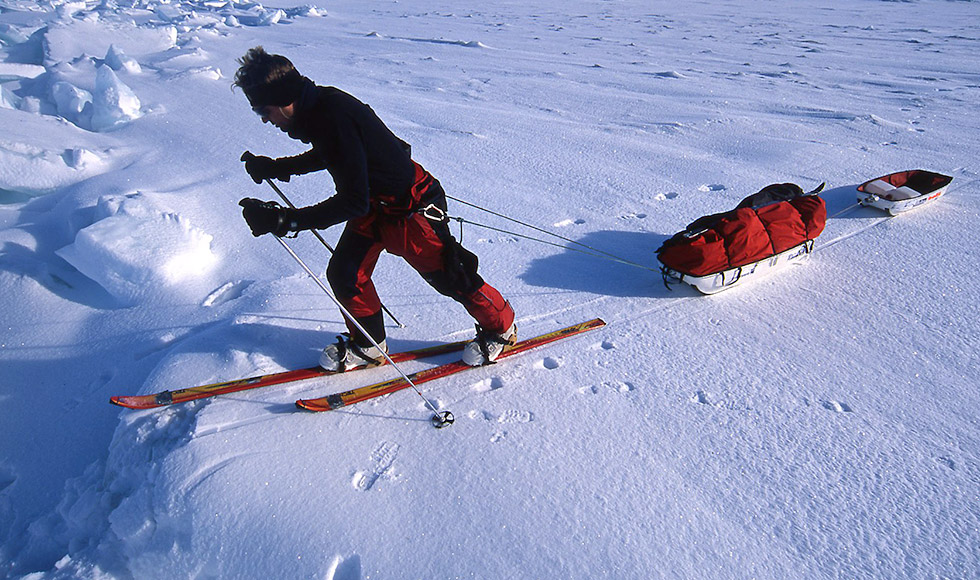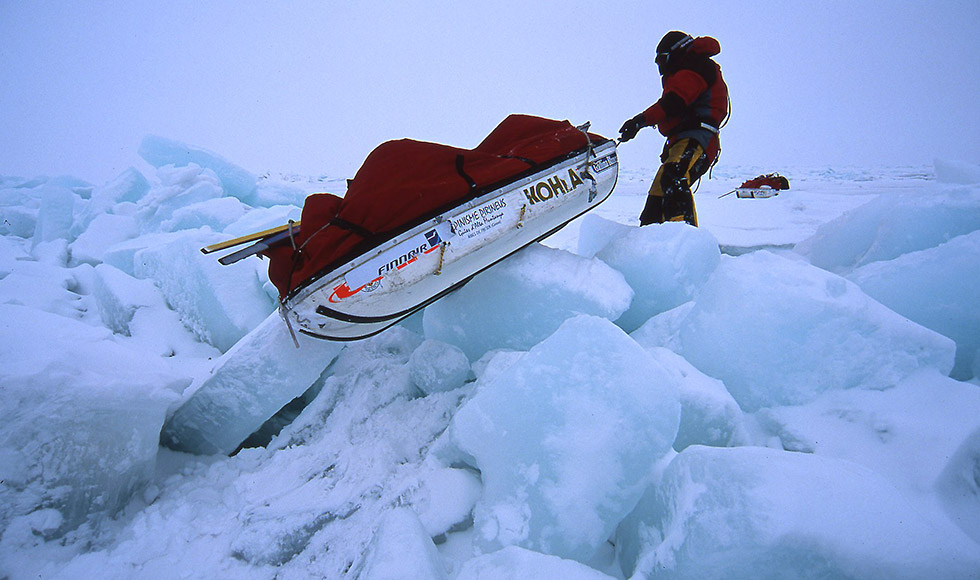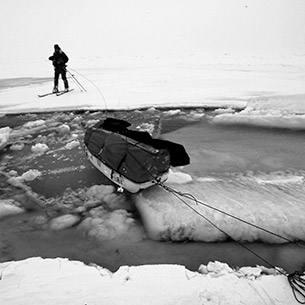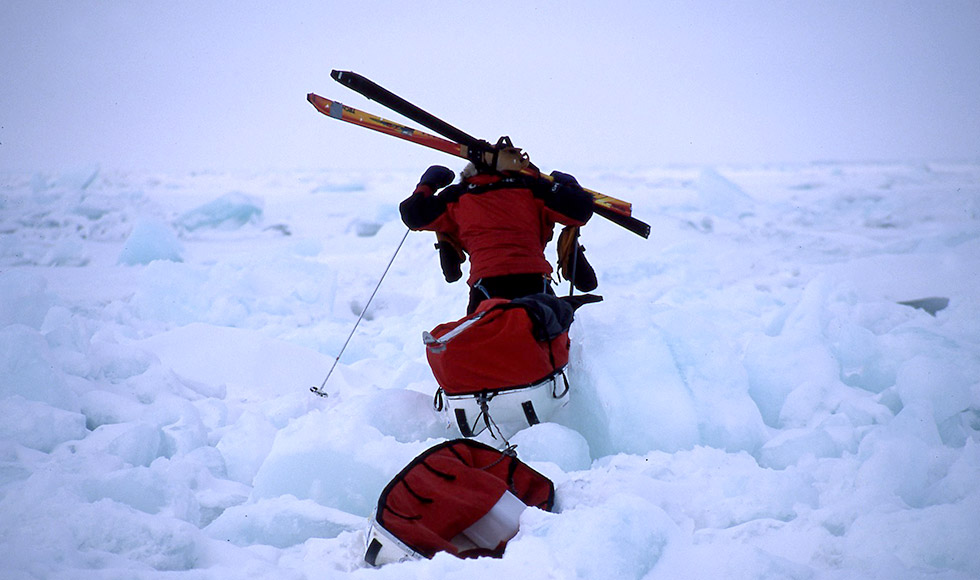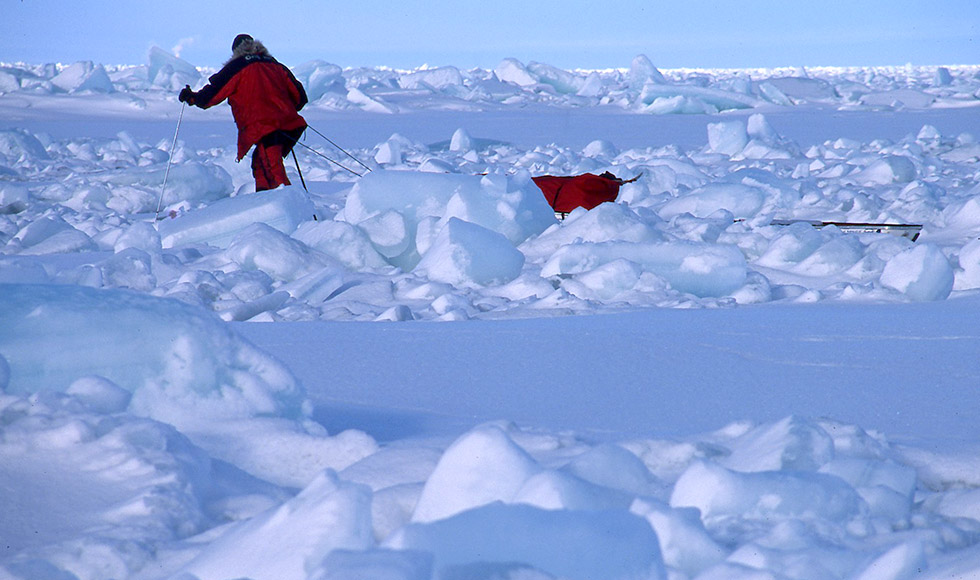The idea came from my friend José Manuel Naranjo: a Baltic Sea ski crossing, from Oulu (Finland) to Pitea (Sweden) completely unsupported – meaning without re-supplies en route or any external assistance. No fellow Spaniard had ever considered such a challenge before, and no one we knew had done it, so we started the planning stage with a huge amount of questions. Most of them would remain unanswered by the time we actually set foot on the ice.
The Harbour Master's Offices in Sweden and Finland were clear on the matter: “We strongly discourage such a trip: there are ten main harbours, six icebeakers and over a hundred chargers operating in the Northern Baltic area.” Attached to the note was a rather dramatic picture of one of the mentioned icebreakers, followed by a troop of chargers capable of crushing the entire Baltic Sea with their keels. Under such conditions, the expedition would depend more on external factors than on the trip itself. Despite the warnings, there was no hesitation: we had decided to cross the Baltic Sea on foot in the dead of winter. Surely, we could have spared a lot of uncertainty by scouting the area from a chopper first, or maybe checking satellite images. However, that would have spoiled the spirit of it all, while we hoped to face the task ahead with a pioneer’s mind: setting off towards the unknown - with just patience, imagination and a strong will to carry on.
About 10,000 years ago, The Baltic Sea was a huge lake. Nowadays, a 4 km-wide gap connects it to the North Sea and the Atlantic Ocean. The Baltic has the lowest salinity levels on earth which, added to its northern latitude and extreme cold conditions in winter, keeps most part of its surface frozen solid for four or five months a year. Although it rarely freezes up completely, the remarkable conditions during the previous season led us to feel optimistic.
November and December 2002, plus January that year, were the coldest in the last 85 years, causing the ice to reach an unusual thickness. Sadly, as we soon discovered, the ice melted at an equally remarkable speed due to mild temperatures through February and March - the “warmest” in 40 years.






